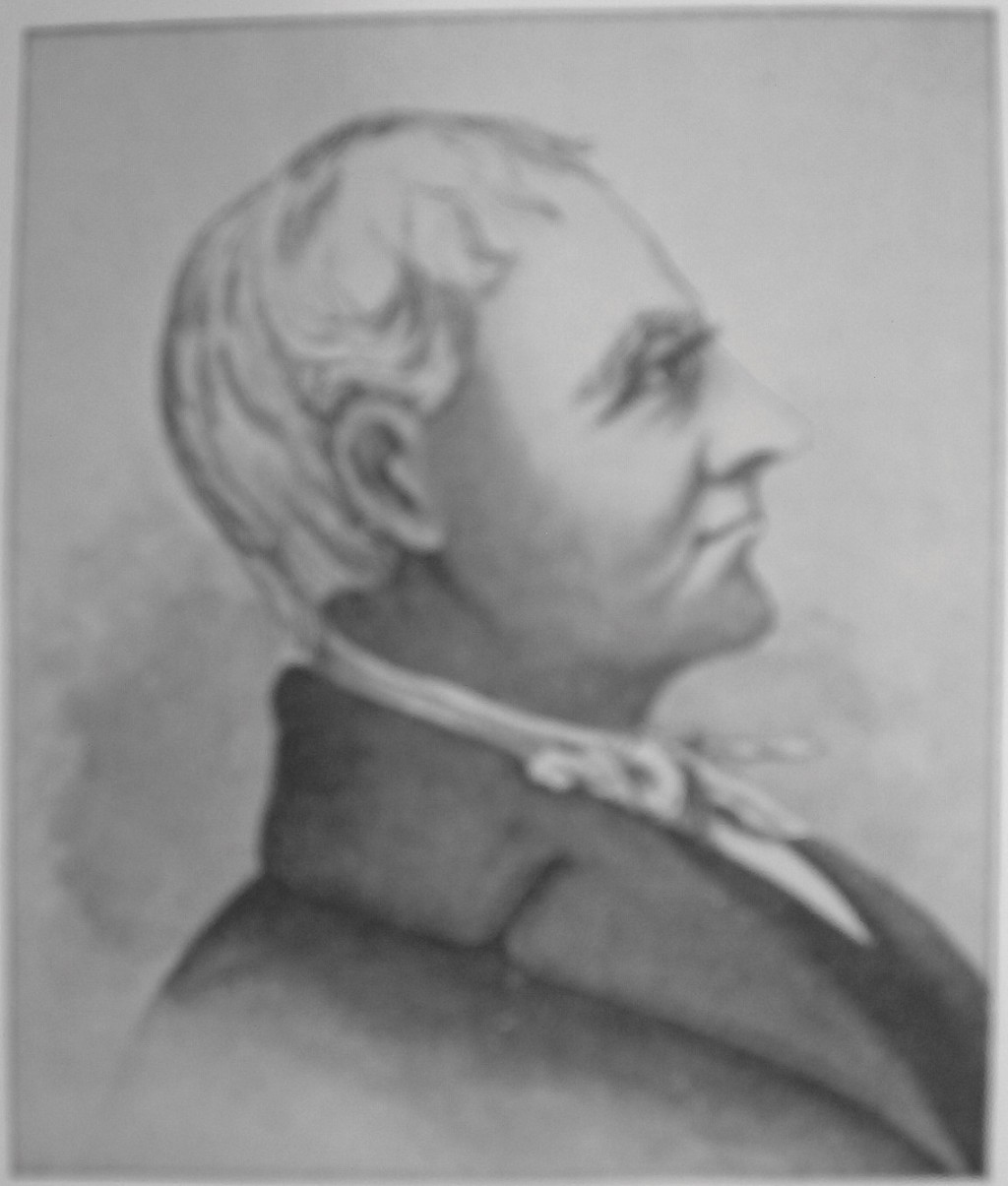You have free articles remaining this month.
Subscribe to the RP Witness for full access to new articles and the complete archives.
This year is the 225th anniversary of the refounding of the Reformed Presbytery in America. Arguably that event more than any other marks the founding of what would become the Reformed Presbyterian Church in North America.
As noted in my recent column about John Cuthbertson, the Reformed Presbytery and most of its members joined with the Associate Presbyterian Church to form a third denomination in 1782, leaving the few remaining members destitute of leadership. However, private members continued emigrating from Britain and founded many new societies in America. In 1789, the church in Scotland sent a missionary, James Reid, who visited societies from South Carolina to New York over the following year before returning to Britain. His extensive report to his presbytery demonstrated the need for more missionaries, who would be assigned to stay longer than just one year.
The church in Ireland sent the first such missionary, James McGarragh, in early 1791. After a year and a half of solitary work, he was joined by William King from Scotland. The two were instructed to work as a committee of the Scottish presbytery in managing the affairs of the church in America. If they had formed their own presbytery, there was a risk that they might repeat the merger of 1782, but by remaining under a foreign presbytery’s authority this wasn’t possible.
In Ireland, Catholics and Presbyterians formed the Society of United Irishmen in 1795 to overthrow the Anglican-dominated government and establish a republic. This situation left the Irish church in an awkward position. Opposition to the British government was the core of Covenanter identity, and armed Covenanter rebellions in Scotland were remembered with great fondness. However, cooperation with the rebels meant cooperation with Catholics, whom the church considered to be servants of Antichrist. While presbytery officially distanced itself from the movement, many Covenanters strongly supported it; minister William Gibson advocated for the rebellion in newspapers and in speeches to crowds of thousands. Threatened with arrest for treason, many Irish Covenanters fled for their lives to America, including several ministers and ministerial students.
By early 1798, there were five ministers in America: McGarragh, King, William Martin (who had rejected the 1782 merger), James McKinney, and William Gibson. McGarragh and Martin had been suspended for drunkenness, and King’s health was fragile, but with two healthy ministers in good standing, it was time to establish a presbytery. Here’s a summary of the situation, written by RP historian W. M. Glasgow in 1899:
“Convinced that a mere Committee of the Synod of Scotland was utterly inadequate to meet the growing demands and to manage the complex affairs of the church in this country, after much de-liberation and due consultation, the ministers of the Reformed Presbyterian Church in America arranged for a meeting to be held in Alexandria, District of Columbia (now Virginia), in the spring of 1798, for the constitution of the Presbytery which had been disorganized since the coalescence of 1782. On account of the last illness of the Rev. William King, who could not be present; and the previous suspension of Revs. William Martin and James McGarragh, all of South Carolina, the place of meeting was changed to the city of Philadelphia.”
The first meeting was concerned with the establishment of the presbytery, doing nothing other than working to put the church in America on a formal footing. Here are the complete minutes of their first meeting:
“Philadelphia, May 18, 1798. Carson School House, Gaskill street, between Fourth and Fifth streets. The ministers of the Reformed Presbyterian Church in America, the Revs. James McKinney and William Gibson (Rev. William King being detained on account of indisposition), with ruling elders Stephen Young and Thomas Thomson, of Philadelphia, did, in the name of the Lord Jesus Christ, the Church’s glorious Head, constitute the Reformed Presbytery of the United States of America. Messrs. Alexander McLeod, John Black, Samuel B. Wylie and Thomas Donnelly were formally recognized as students of theology, taken under the care of Presbytery, and pieces of trial were assigned them to be delivered at the next meeting of Presbytery, to be held in the month of August following, in the city of New York. Presbytery adjourned with prayer.”
Amid continued heavy immigration, the RPCNA grew quickly in the succeeding years. McLeod, Black, Wylie, and Donnelly were all ordained within three years and sent to important areas of the country: New York City, Pittsburgh, Philadelphia, and South Carolina. Gibson spent the next 15 years in the large RP settlement in eastern Vermont, and McKinney served the Mohawk Valley societies of upstate New York until shortly before his death in 1802.
As societies were founded and ministers were ordained, presbytery formed three committees—Northern, Middle, and Southern—to transact church business. Eventually, it was decided that it was time for division, and the presbytery meeting of May 24, 1809, was the last. That night was the first meeting of Synod.
